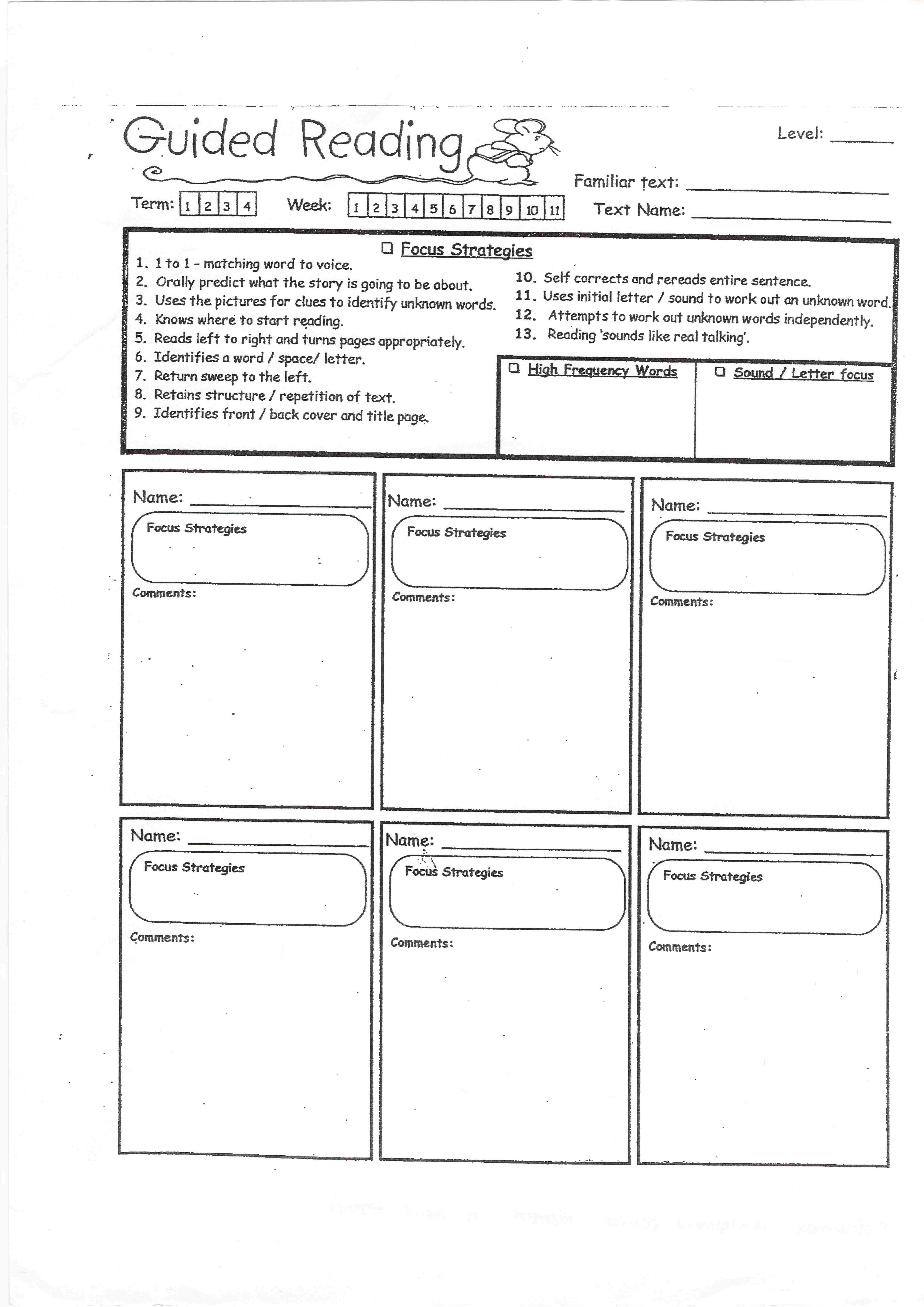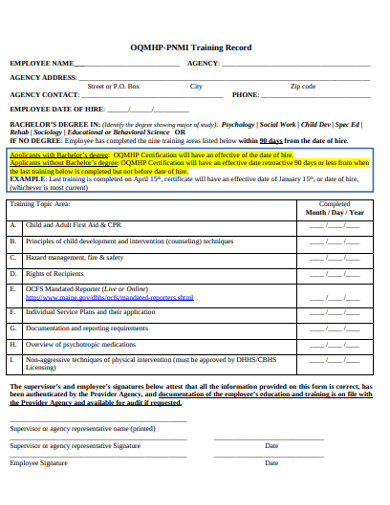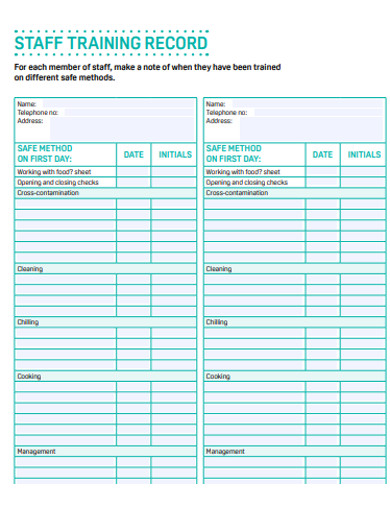


This entry includes a counter account for the utility payable from the previous period and a cash account.Ī related concept under accrual accounting is prepaid expenses. In the reporting period of March, the company should record its cash payment on March 25 for its utility bill. On the balance day, the accrued expense of utility is treated as a current liability (Utility Payable) owed to the utility company, and an expense (Utility Expense) incurred by the company in February. Under the accrual method of accounting, the entry for the transaction should be recorded in the reporting period of February, as shown below: The company then receives its bill for the utility consumption on March 05 and makes the payment on March 25. The expense for the utility consumed remains unpaid on the balance day (February 28). The format of the journal entry is shown below:įor example, a company consumes $5,000 utility in February. Salaries are not paid to employees until the end of the payment period.Īt the end of each recording period, a company should properly estimate the dollar amount for each of its accrued expenses, and then record it as an expense account with a corresponding payable account.The utility is consumed in one month, and the bill is received in the next month.Goods and services have been consumed, but bills have not yet been received.Some typical cases of accrued expenses include: The expenses are recorded in a company’s balance sheet as current liabilities most of the time, as the payments are generally due within one year from the transaction date. Understanding Accrued ExpensesĪccrued expenses or liabilities occur when expenses take place before the cash is paid. International Financial Reporting Standards (IFRS) and Generally Accepted Accounting Principles (GAAP) both require companies to implement the accrual method. Therefore, the accrual method of accounting is more commonly used, especially by public companies. It allows companies to record their credit and cash sales or payments in the same reporting period when the transactions occur. The accrual method requires appropriate anticipation for revenues and expenses.Īlthough it is easier to use the cash method of accounting, the accrual method can reveal a company’s financial health more accurately. Since the accrued expenses or revenues recorded in that period may differ from the actual cash amount paid or received in the later period, the records are merely an estimate. The accrual method of accounting required revenues and expenses to be recorded in the period that they are incurred, regardless of the time of payment or receiving cash. In the cash method of accounting, revenues, and expenses are recorded in the reporting period that the cash payment is made. The major difference between the two methods is the timing of recording revenues and expenses. There are two types of accounting methods: the accrual method and the cash method. Accrued expenses are recorded in estimated amounts, which may differ from the real cash amount paid or received later.

Typical accrued expenses include utility, salaries, and goods and services consumed but not yet billed.Accrued expenses, also known as accrued liabilities, are expenses recognized when they are incurred but not yet paid in the accrual method of accounting.


 0 kommentar(er)
0 kommentar(er)
